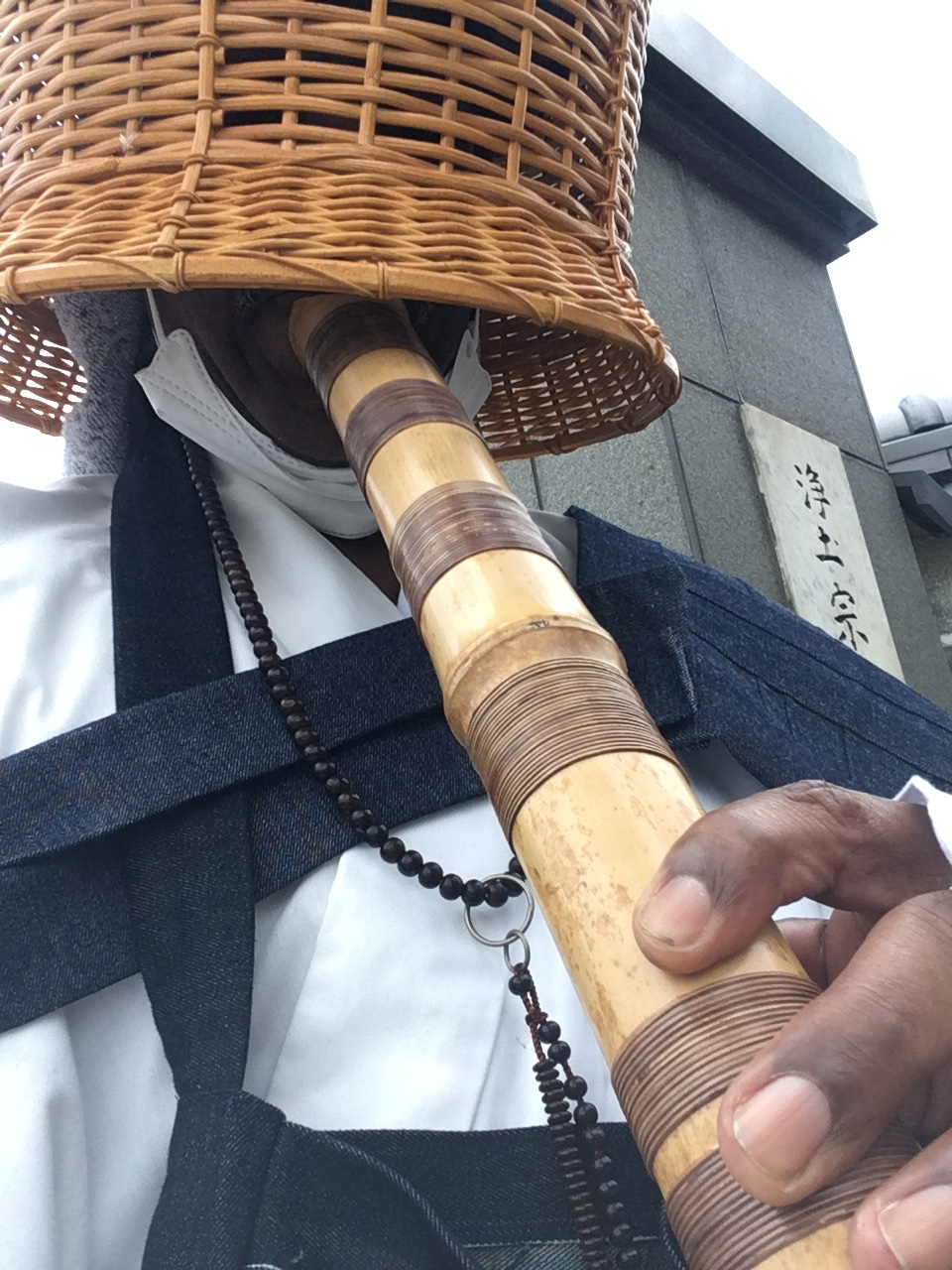Introduction: In the world of Shakuhachi, an ancient Japanese bamboo flute, there exists a treasure trove of wisdom passed down through generations. Hisamatsu Fûyô, also known as Hisamatsu Masagorô, was a fourth-generation successor of Kurosawa Kinko, a prominent figure in the Kinko school of Shakuhachi. Fûyô’s teachings and insights continue to hold exceptional importance within this school. Much like his predecessor Kinko, Fûyô dedicated himself to deepening the Zen aspect of Shakuhachi playing, emphasizing its spiritual significance and advocating against its use in worldly music.
Fûyô’s Legacy: Fûyô left us with three invaluable writings: “Hitori Mondo” (1823), “Hitori Kotoba” (before 1830), and “Kaisei Hôgo” (1838). These writings are rare treasures as they offer the only surviving insights into the spiritual underpinnings of Shakuhachi practice from the Fuke tradition, to which Fûyô belonged.
Publication and Translation: One of Fûyô’s essays, “Hitori Kotoba,” was published in the Chikuyû journal, a quarterly publication of the Chikuyûsha. The introduction of this essay dates it to before 1830 and mentions its frequent copying. Unfortunately, the identity of the original manuscript’s author remains a mystery. This insightful piece, with a title that can be interpreted as “monologue,” has been thoughtfully translated by Dr. Andreas Gutzwiller and is presented here with gratitude for his permission.
Essential Lessons from “Hitori Kotoba”: Fûyô imparts a series of profound teachings for Shakuhachi practitioners:
- Inner Focus: He emphasizes the need to shed worldly thoughts, desires, and notions of superiority or inferiority. The practitioner should concentrate their mind, listening deeply to the bamboo’s sound.
- Eyes Closed: Playing with closed eyes is advised, especially for beginners, to prevent distractions and maintain inner focus.
- Light Grip: Holding the Shakuhachi lightly is crucial, as tension is considered the “sickness of the Shakuhachi.” A relaxed grip with the thumb and middle finger is recommended.
- Respect for Tradition: Fûyô underscores the importance of adhering to the Shakuhachi notation, as deviations from tradition are discouraged.
- Meri-kari Technique: Proper execution of the meri-kari technique is vital. Neglecting this technique results in unpleasant playing.
- Time and Measure: Each piece has a unique time structure that must be mastered, whether it’s a calm or energetic composition.
- Mind Over Technique: Technical mastery is essential, but true mastery lies in understanding the essence of the music and penetrating its spirit.
- Emotional Expression: Fûyô challenges the notion that Shakuhachi music should express sadness or deep emotions. He believes it is a tool for personal development, and emotions lie with the listener.
- Humility and Harmony: Playing together with others should prioritize harmony and mutual support, not domination.
- Varied Repertoire: Fûyô encourages learning a variety of pieces, even those outside the tradition, to appreciate their unique qualities.
- Intonation: Beginners should focus on balanced pitch, as poor intonation can lead to a wayward path.
- Flute Quality: The quality of the Shakuhachi, especially the alignment of finger holes, impacts the sound. Skilled players can overcome these limitations.
- Craftsmanship: Fûyô laments the lack of written knowledge about Shakuhachi crafting and warns against subpar instruments produced for profit.
- Essence over Form: Memorizing external form is insufficient; understanding the essence, including meri-kari and time structure, is essential.
- Beware of False Teachers: Fûyô cautions against false teachers who may mislead beginners with deceitful practices and slander.
- Unity in Playing: Those who play together should prioritize harmony over individual prowess.
- Preservation of Shakuhachi’s Essence: Playing with other instruments may dilute the Shakuhachi’s unique bamboo tone.
In Conclusion: Hisamatsu Fûyô’s “Hitori Kotoba” is a precious source of guidance and wisdom for Shakuhachi enthusiasts, providing profound insights into the instrument’s spiritual and technical aspects. Aspiring practitioners can find inspiration in his teachings, while seasoned players can further deepen their understanding of this ancient art form. Fûyô’s legacy endures as a guiding light on the path of the Shakuhachi.

